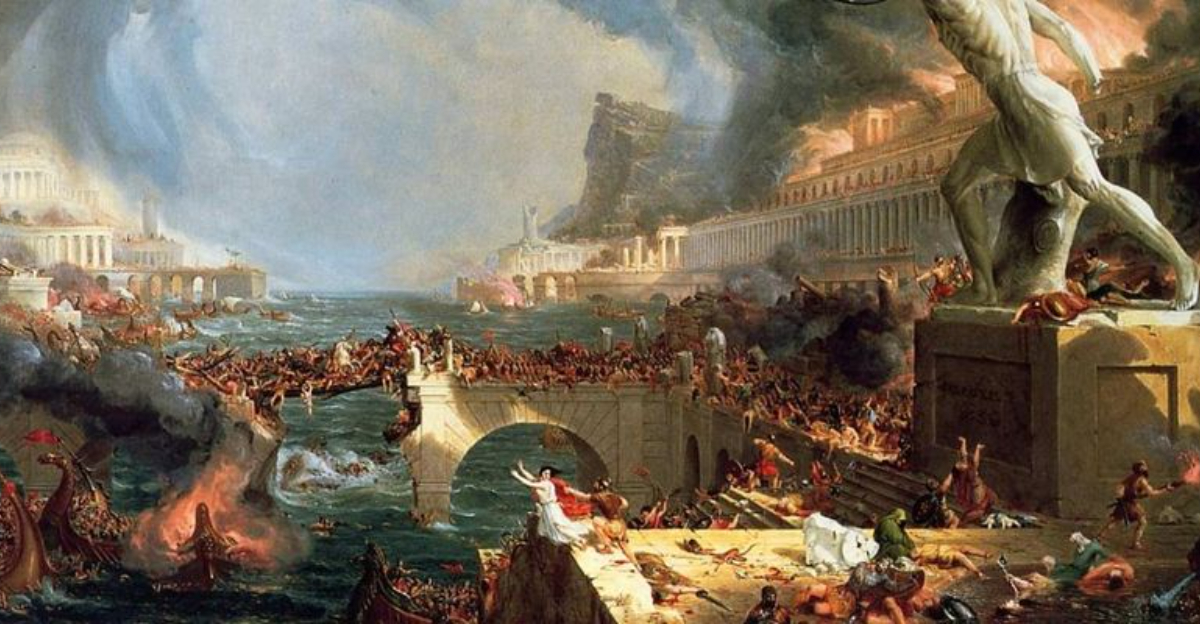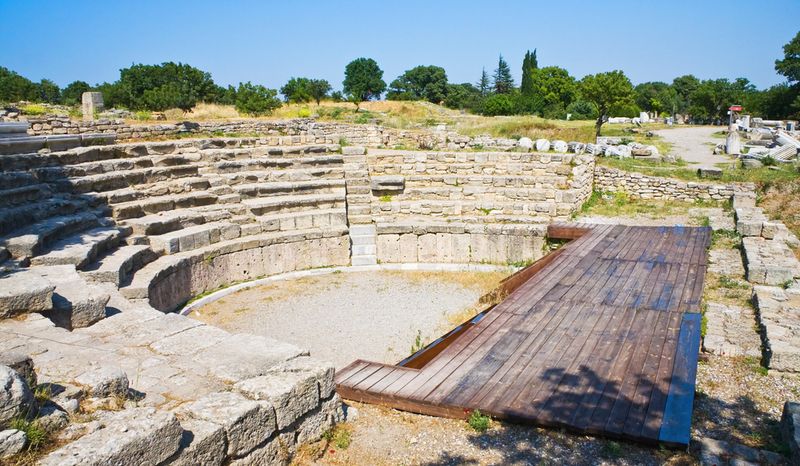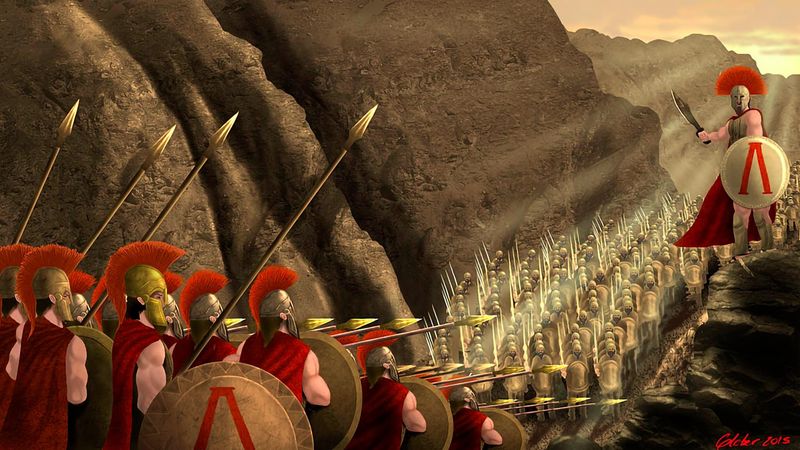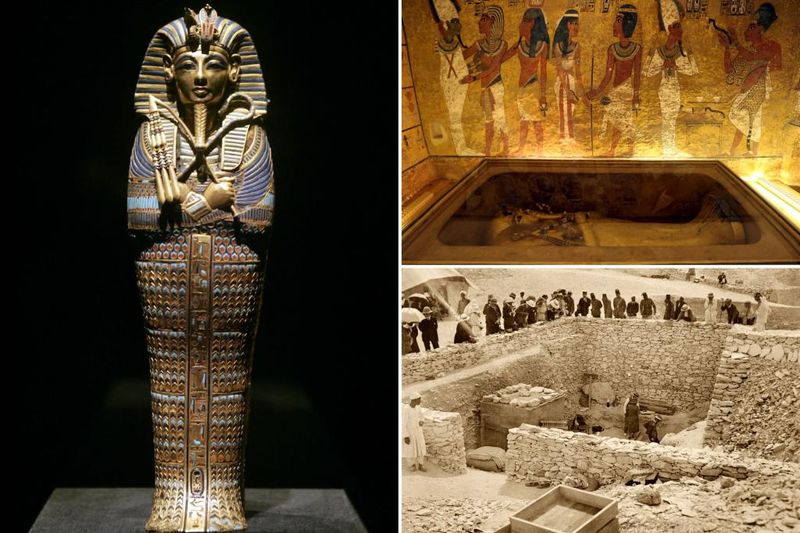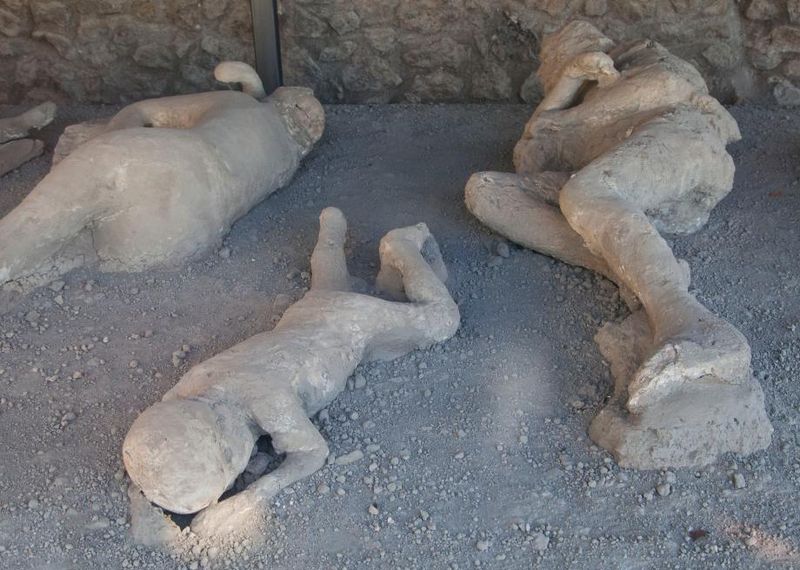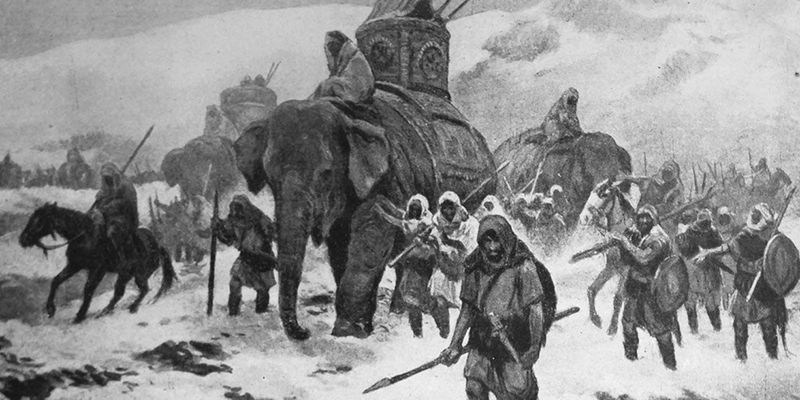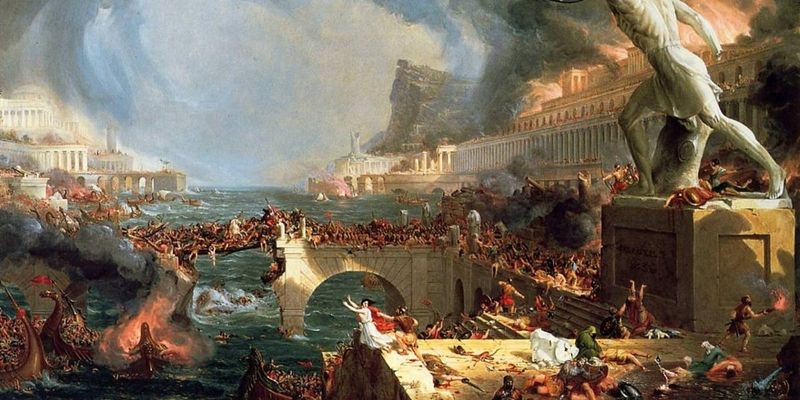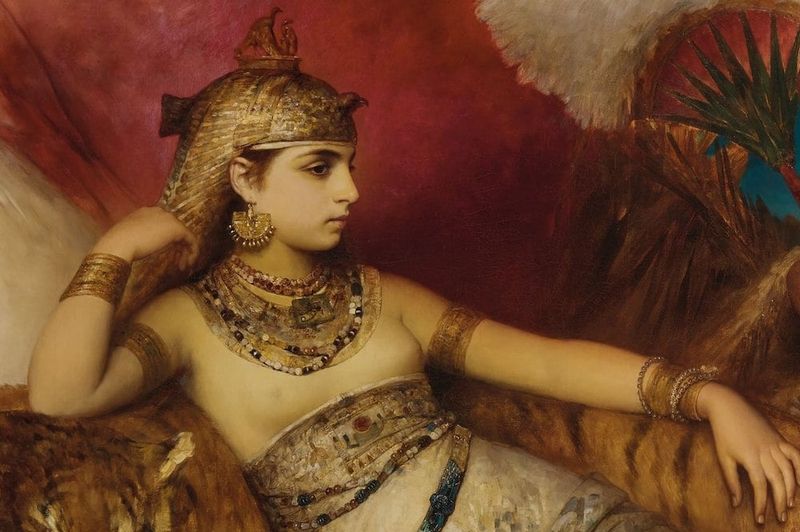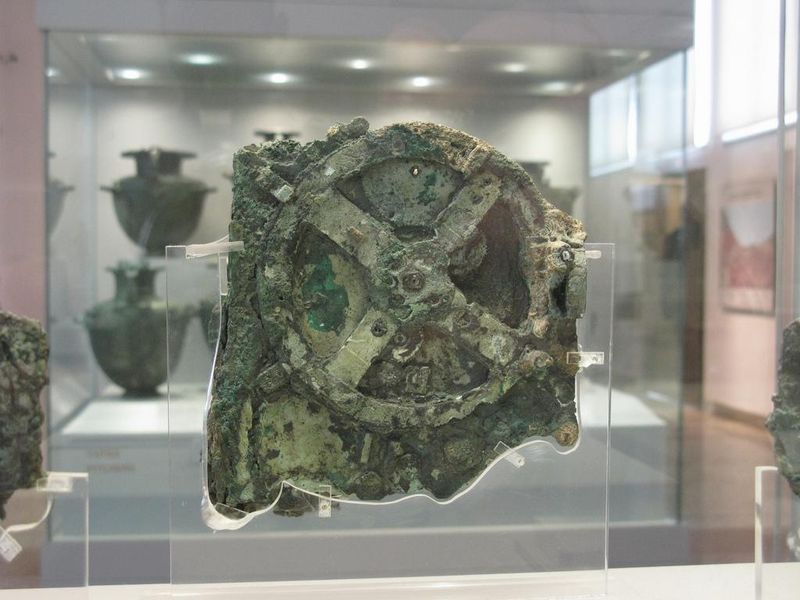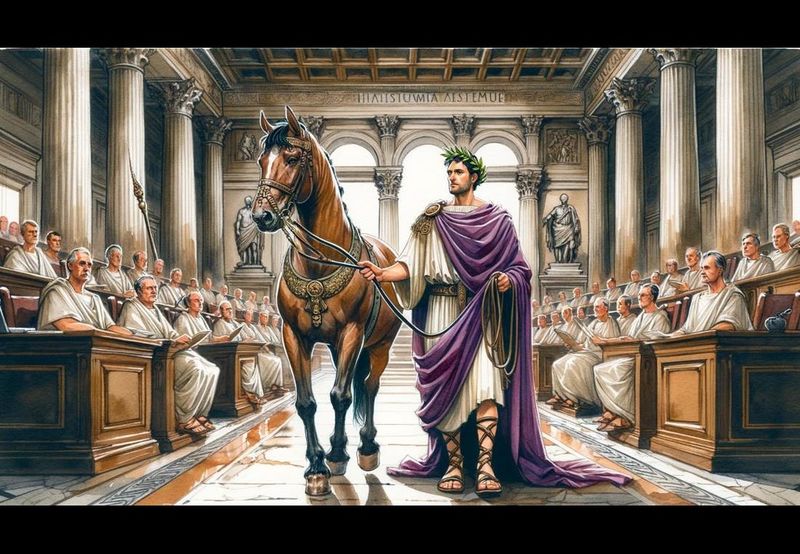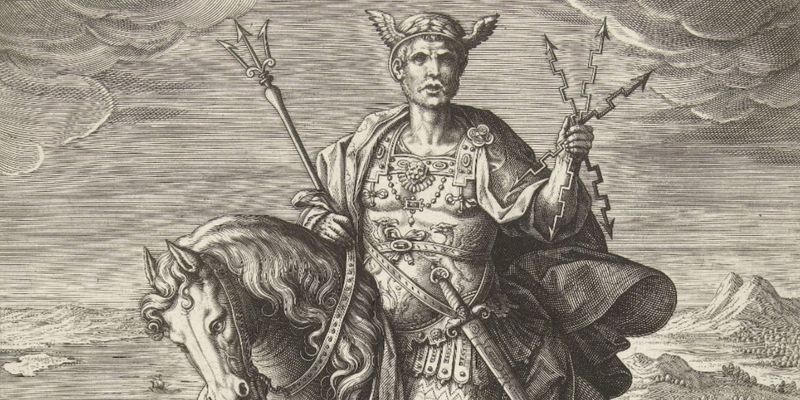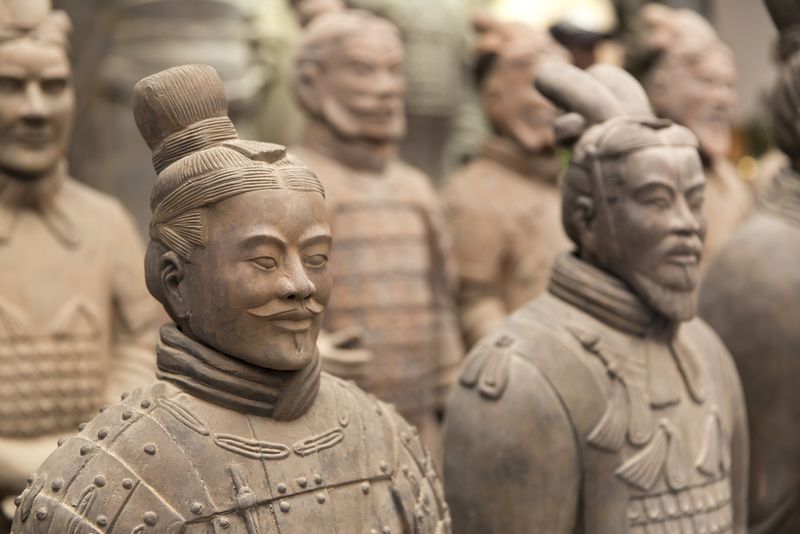Explore seventeen ancient stories that have long been considered myths but have surprising truths behind them. From the legendary city of Troy to the advanced technology of the Antikythera Mechanism, these tales blur the lines between myth and history. Discover the fascinating truths behind these legendary events and figures, and see how history and mythology often intertwine in unexpected ways.
1. The City of Troy Was Real (And the Trojan War Probably Happened)
The ancient city of Troy, famously depicted in Homer’s Iliad, was once thought to be purely mythical. However, in the 19th century, archaeologists discovered its ruins in Turkey. Evidence suggests a massive conflict occurred around 1180 BCE, aligning with the legendary Trojan War. This discovery reshaped our understanding of ancient history, proving that some legends have roots in reality.
2. The 300 Spartans Really Did Hold Off an Army
The story of 300 Spartans heroically holding off a massive Persian army at Thermopylae is more than just legend. In 480 BCE, King Leonidas and his men, along with allies, fought valiantly against overwhelming odds. Though ultimately defeated, their bravery became a symbol of courage. The real battle was a strategic delay, giving Greece time to prepare for further defense.
3. The “Curse of the Pharaohs” Had a Grain of Truth
The “Curse of the Pharaohs” that supposedly doomed those who opened Tutankhamun’s tomb in 1922 might have some basis in reality. Several members of the excavation team died prematurely, possibly due to toxic molds found inside the sealed tomb. While not a true curse, this natural phenomenon added a chilling layer to the story of Tutankhamun.
4. Pompeii’s Destruction Was Even More Horrifying Than You Think
The eruption of Mount Vesuvius in 79 CE was more catastrophic than legends suggest. Pompeii’s inhabitants were not merely buried in ash; many were instantly vaporized, leaving hollow “casts.” These eerie voids capture moments of terror, with some victims found clutching loved ones. This tragic event immortalized Pompeii as a haunting reminder of nature’s fury.
5. Hannibal Crossed the Alps with War Elephants
Hannibal’s audacious crossing of the Alps in 218 BCE with 37 war elephants is one of history’s great military feats. Though only one elephant survived the journey, this bold move demonstrated Hannibal’s tactical genius. His daring plan took Rome by surprise, altering the course of the Second Punic War. This incredible journey remains a testament to human determination.
6. The Library of Alexandria Burned (But Not All at Once)
The Library of Alexandria’s destruction is often depicted as a single catastrophic event. In reality, it declined gradually due to war, budget cuts, and several fires over centuries. This hub of ancient knowledge saw its treasures lost piece by piece. Its slow demise highlights the fragility of cultural heritage and the importance of preserving knowledge for future generations.
7. Cleopatra Was Greek (Not Egyptian) and Spoke 9 Languages
Cleopatra, often misconceived as purely Egyptian, was actually of Macedonian Greek descent. A descendant of Ptolemy I, she ruled Egypt but embraced local culture, speaking nine languages. Her intelligence and political savvy set her apart as a formidable leader in a male-dominated world. Cleopatra’s unique blend of heritage and skills shaped her enduring legacy.
8. The Ancient Greeks Had a “Computer”
The Antikythera Mechanism, dating back to 100 BCE, challenges our perception of ancient technology. This intricate bronze device predicted eclipses and tracked Olympic dates. Its sophistication suggests a high level of craftsmanship and scientific understanding. Rediscovered in a shipwreck, the mechanism continues to intrigue historians and engineers alike.
9. The Colosseum Hosted Fake Naval Battles
The Roman Colosseum, known for gladiatorial contests, also hosted elaborate naval battles, or naumachiae. By flooding the arena, Romans recreated epic sea battles for entertainment. These events showcased Rome’s engineering prowess and love for spectacle. Though short-lived, such performances highlighted the Colosseum’s versatility and the Romans’ flair for drama.
10. The Roman Emperor Who Made His Horse a Senator
Emperor Caligula’s eccentricity is legendary, with tales of him appointing his horse, Incitatus, as a consul. This act, likely intended to mock the Senate, symbolized his disdain for Roman politics. While the full extent of Incitatus’s honors remains debated, the story underscores Caligula’s unpredictable rule and the peculiarities of imperial power.
11. The Mongols Used “Silk Armor” Against Arrows
Mongol warriors innovatively used silk shirts as armor against arrows. The silk wrapped around arrowheads, preventing deep penetration and reducing injuries. This practical adaptation demonstrated the Mongols’ resourcefulness and contributed to their military success. Silk armor combined flexibility and protection, offering an edge in battle and showcasing the Mongols’ tactical ingenuity.
12. A Real-Life “Game of Thrones” in Ancient Egypt
Ancient Egypt’s history includes dramatic power struggles reminiscent of ‘Game of Thrones.’ Queen Hatshepsut ruled as a male pharaoh, defying gender norms, while Akhenaten’s religious reforms sparked chaos. Their reigns illustrate the political and cultural complexities of ancient Egypt. These stories highlight the intrigue and ambition that characterized this iconic civilization.
13. The Minoan Civilization Was Wiped Out by a Volcano
The Minoan civilization, thriving around 1600 BCE, faced a cataclysmic end due to Santorini’s volcanic eruption. This event devastated the civilization, possibly inspiring Atlantis legends. The eruption’s impact on the Mediterranean was profound, altering trade routes and power dynamics. The Minoans’ sudden disappearance adds mystery to ancient history, leaving questions about their legacy.
14. The Female Viking Warrior Confirmed by DNA
A DNA study in 2017 confirmed that a high-status Viking warrior buried in Sweden was female. This finding challenges the male-dominated narrative of Viking warriors. Her grave, adorned with weapons, highlights women’s significant roles in Norse society. The discovery reshapes our understanding of Viking culture, emphasizing diversity and challenging historical stereotypes.
15. The Roman Emperor Who Declared War on the Sea
Emperor Caligula’s oddity extended to ordering his army to ‘attack’ the sea. This peculiar incident, likely a psychological show of power, embodied his erratic rule. By commanding soldiers to gather seashells, Caligula demonstrated his control over nature itself. The episode adds a bizarre chapter to Roman imperial history, illustrating the emperor’s eccentric leadership.
16. The Great Fire of Rome—Did Nero Really Fiddle?
The Great Fire of Rome in 64 AD remains shrouded in controversy. Contrary to popular belief, Emperor Nero wasn’t present when the fire began. His subsequent response, blaming Christians, fueled persecution myths. Nero’s alleged fiddling as the city burned is unfounded, yet the narrative persists, painting a complex portrait of his reign and Rome’s tumultuous history.
17. The Ancient Chinese Terra-Cotta Army Had Real Weapons
The Terra-Cotta Army, discovered in Xi’an, China, guarded Emperor Qin Shi Huang’s tomb. Beyond their lifelike appearance, these statues held real bronze weapons, many still sharp after 2,000 years. This astonishing craftsmanship reflects the importance of military might in ancient China. The Terra-Cotta Army remains an iconic symbol of China’s rich historical legacy.
